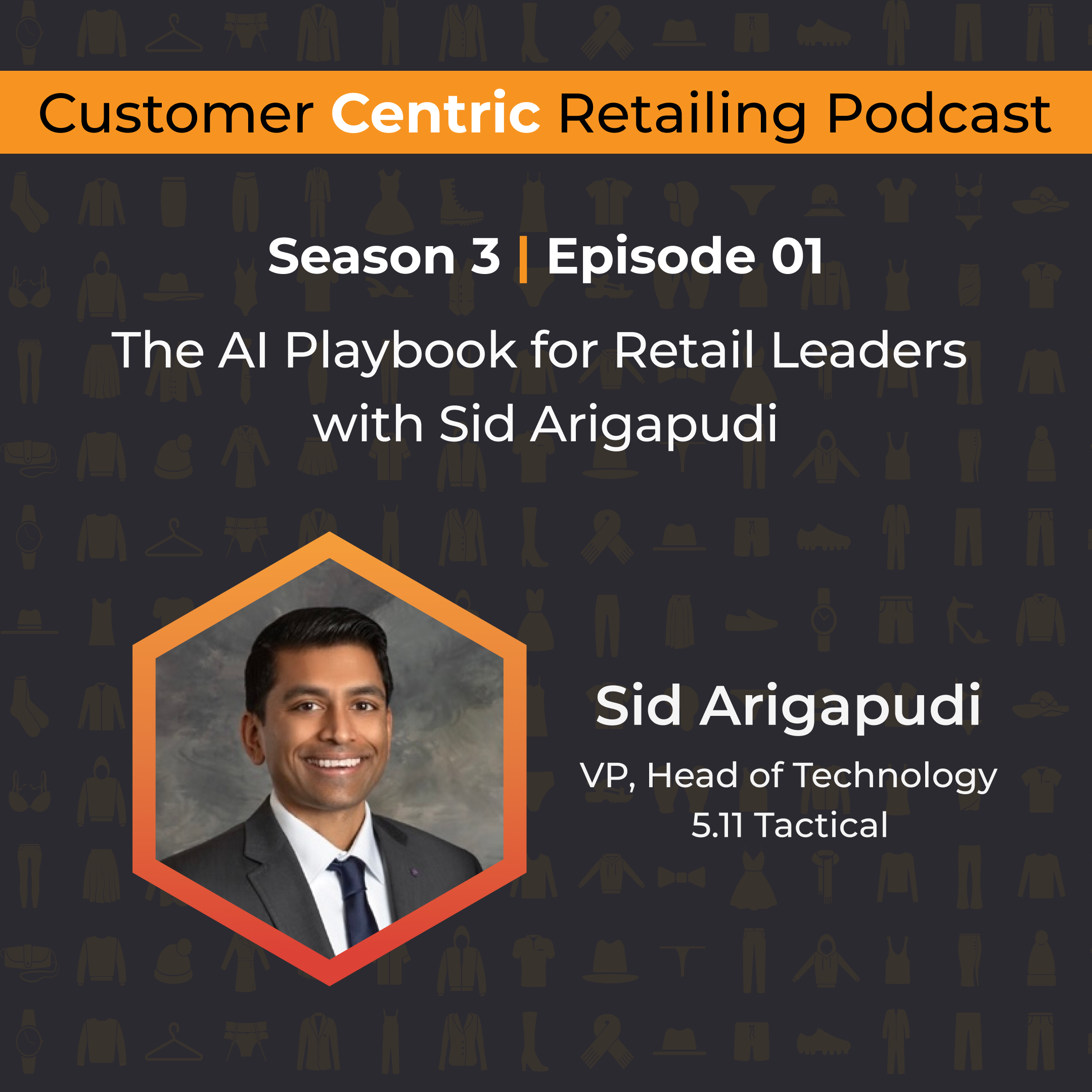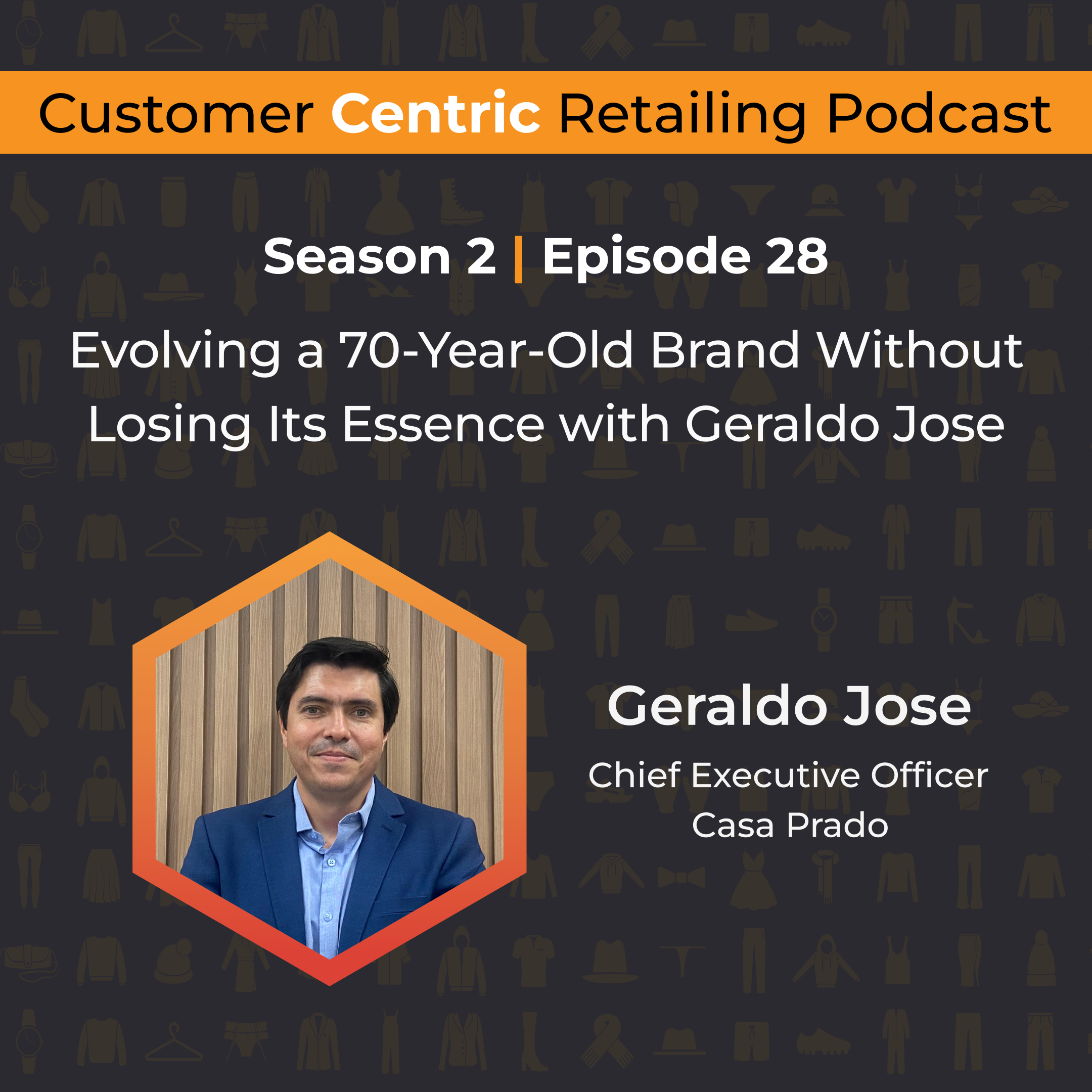[ 7:59 - 11:59 ] How Blenders Eyewear entered physical retail?
Blenders, originally a direct-to-consumer e-commerce brand, has gradually entered the realm of physical retail, driven largely by consumer demand and community engagement. Initially, the brand opened a small shop at its headquarters in Pacific Beach, San Diego, responding to local interest. This successful venture highlighted the value of a tangible brand experience, leading to the opening of additional stores in nearby beach communities. Today, Blenders operates six stores primarily in the Sunbelt states. Transitioning to physical retail has presented unique challenges, such as the need for meticulous planning and coordination of visual merchandising, product displays, and in-store marketing materials. Despite the slower pace and increased complexity compared to e-commerce, these physical locations have enhanced customer interactions, elevating the overall brand experience and fostering deeper connections with the community.
[ 12:07 - 13:16 ] Does a physical store increase the online sales of a region?
The impact of physical retail stores on overall sales, including online transactions, is significant. Retailers consistently observe that the experiential aspect of a showroom not only enhances customer engagement but also drives regional online sales. When a store opens in a particular area, it boosts the brand's visibility and credibility, leading to increased online purchases from that region. Despite the rise of e-commerce, the vast majority of eyewear, over eighty percent according to recent statistics, is still sold in physical stores. This emphasizes the enduring relevance of offline shopping. Even for brands that are predominantly e-commerce-led, like Blenders, the importance of physical retail cannot be overlooked. Physical stores provide a tangible connection and a personalized experience that are crucial in building customer trust and loyalty.
[ 17:07 - 18:08 ] How physical stores help in engaging with customers?
The retail stores serve as dynamic billboards and powerful marketing vehicles, offering a unique advantage in the e-commerce-driven world. While social media advertising requires multiple impressions to make a connection, the physical locations provide immediate, tangible engagement. These stores allow consumers to experience a deeper, richer narrative than what online platforms can often convey. They bring a brand to life in a physical, dimensional way, creating an immersive experience. In stores, customers can interact with knowledgeable staff who are fully invested in and represent the brand, enhancing the overall consumer experience and fostering a stronger brand connection.
[ 21:51 - 24:20 ] The mantra for customer service in retail.
Embracing a philosophy that treats every customer with the same level of importance, irrespective of their following or status, is a powerful strategy that fosters genuine connections and loyalty. This approach transcends mere transactions, focusing instead on creating meaningful interactions that resonate with shoppers on a personal level. Whether online or in-store, the goal is to provide a seamless and engaging shopping experience that leaves a lasting impression. By prioritizing quality, style, and value, retailers can establish themselves as trusted authorities in their respective industries, catering to the diverse needs and preferences of their clientele. Deep community integration further solidifies this bond, demonstrating a commitment to understanding and serving local communities while fostering a sense of belonging. Ultimately, success in retail hinges on the ability to cultivate enduring relationships, where customers feel valued, understood, and appreciated at every touchpoint.
[ 27:23 - 28:28 ] Why should retailers focus on enhancing customer satisfaction?
Retailers and brands recognize the importance of supporting customers in their preferred shopping methods, be it in-store, online, or through various digital platforms. The key objective is to prioritize the customer experience above all else. Rather than solely pushing for immediate sales, the emphasis is on fostering a connection, a spark, that ignites a lasting relationship. This customer-centric approach entails selling not just products, but the excitement, the "stoke," associated with the brand. Even if a purchase doesn't materialize in-store, retailers aim to leave a lasting impression that prompts further engagement, whether it's through online browsing, social media interaction, or future visits. Moreover, retailers strive to eliminate any hurdles, ensuring a seamless and hassle-free experience from start to finish, including easy returns. Ultimately, success in today's retail arena hinges on delighting customers and forging meaningful connections, rather than erecting barriers to purchase.
[ 28:31 - 29:56 ] Why are physical stores important in bringing more customers?
Understanding the true impact of physical stores alongside online channels is important in retail. While traditional P&L perspectives offer insights into individual business units, the retail sector demands a more nuanced approach. By evaluating sales both online and offline at the DMA (Designated Market Area) level, retailers gain a holistic view of the brand's value proposition. Physical stores serve as more than mere transactional hubs; they are crucial touchpoints that contribute to brand visibility and community engagement. Just as retailers track online impressions, it's imperative to measure foot traffic and storefront visibility. After all, physical stores function as dynamic billboards, capturing attention and fostering brand awareness even among passersby who may not immediately step inside. In today's omnichannel retail environment, recognizing the multifaceted role of physical stores is essential for strategic decision-making and sustainable growth.
[ 29:57 - 31:19 ] How can retailers redefine success in the digital age?
Traditional methods of analyzing profit and loss statements for business units face challenges. However, looking at the combined impact of online and offline sales in specific market areas provides a better understanding of a brand's value. Physical stores are more than just places for transactions; they're like visible signs of a brand's presence, especially in busy areas. By tracking things like foot traffic and engagement of people passing by, retailers can understand the full impact of their physical stores. This approach reveals not only direct sales but also other benefits like increased visibility and connection with the community, changing how we view success in retail today.
[ 34:39 - 35:59 ] How to efficiently utilize physical store inventory?
Inventory management plays a huge role in retail. It's not merely about stocking shelves with a wide array of products; it's about understanding the nuances of each community and tailoring assortments accordingly. As the stores evolve and mature at Blenders, they keenly observe what resonates with customers, optimizing our offerings to reflect local preferences. They recognize that every square foot of retail space is valuable real estate, and are committed to maximizing its potential. From minimizing excess inventory to streamlining operations behind the scenes, every decision is geared towards operational efficiency. After all, in physical retail, where lease expenses loom large, every square inch must contribute meaningfully to the bottom line. By prioritizing smart inventory management and judicious use of space, one can ensure that our stores not only thrive but also forge deeper connections with the communities they serve.
[ 39:38 - 41:38 ] Why do retailers need a unified app for online and offline stores?
The greatest advantage of utilizing a unified platform both online and offline in retail lies in the consolidation of customer data. This singular perspective on customer interactions is important, as it streamlines internal processes and optimizes fulfillment operations. Formerly, disparate point-of-sale systems created inefficiencies, as seen in the early days of Blender. However, with the adoption of a unified system, these challenges have been mitigated, allowing for a seamless view of the customer journey, regardless of the sales channel. This comprehensive insight not only improves operational efficiency but also enhances the overall customer experience. While platforms like Shopify may have initially focused on online commerce, their dedication to expanding and refining their point-of-sale functionalities demonstrates a commitment to meeting the evolving needs of retailers. Despite inevitable challenges like managing returns, exchanges, and omnichannel features, the willingness of platforms to listen and adapt ensures a positive trajectory for the retail industry as a whole.





